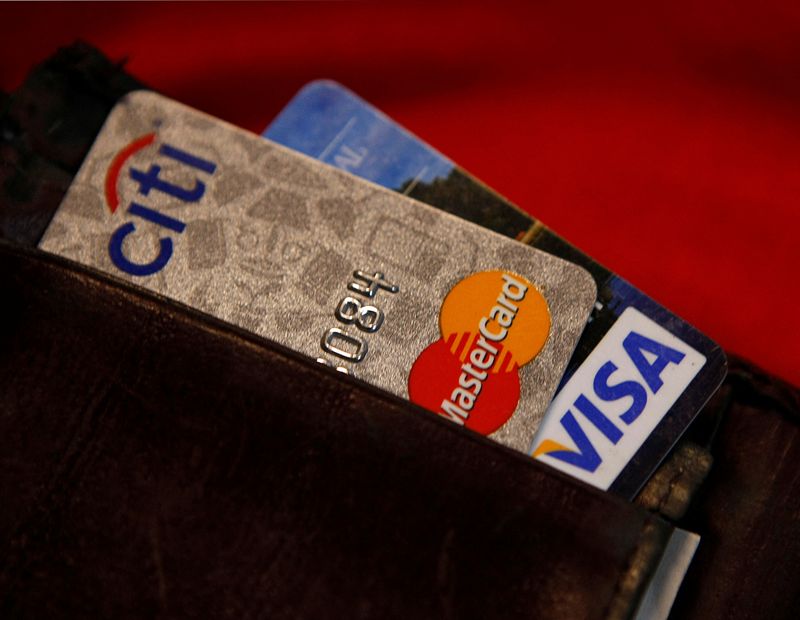By Chris Taylor
NEW YORK (Reuters) - For many parents, it is a familiar, sinking feeling: Adding your kid as an authorized user to your debit or credit card – and then seeing a surprise purchase pop up on your statement.
If it is any consolation, you are not alone. In fact, 59% of parents gave a child permission to use their credit or debit card, according to a survey by online lending marketplace LendingTree.
But here is the fallout: 31% end up regretting it.
"Parents might assume that their kid will be fine with a credit card – and then they learn the hard way, when things don’t go the way they expect," says Matt Schulz, LendingTree’s chief credit analyst and author of the new book "Ask Questions, Save Money, Make More."
For example, unauthorized purchases surprised 22% of parents, according to the LendingTree survey – most often because of a saved card on an app or website, which makes one-click buying extremely easy.
That, in turn, can raise thorny family problems. What exactly are kids allowed to buy, and what are they not? Should card access ever be revoked? And if lines are crossed, how can families use it as a teachable moment?
To be sure, adding a kid to your credit cards is a very common practice because it helps them build their own credit. With a lengthy history of on-time payments, it will be much easier for them to launch financially. Without a credit history, getting car loans, rental apartments or even their own credit cards, can be very difficult indeed.
Here are a few guidelines to teach your kids to use credit cards wisely.
SET EXPECTATIONS
If you do not have an initial conversation with your child about how to handle credit access, you are asking for trouble.
“Make sure you communicate expectations,” Schulz says. “Outline what the consequences will be if they overstep. Nobody ever wants to have that conversation – but it’s a whole lot easier to have beforehand, rather than after they have done something wrong.”
USE PREPAID CARDS OR CHECKING ACCOUNTS
This is some potential middle ground: Access to a predetermined pot of money. This does not prevent the possibility of shady purchases, but it does limit the potential damage.
This is a safer option for younger children or teenagers, says Alyson Basso, a financial advisor with Hayden Wealth Management in Middleton, Massachusetts.
“These give you more control because they can only spend what’s on the card, so there’s no risk of overdrawing an account," Basso says.
In a similar way, a checking account can be a useful way to teach money-management skills without dangling the temptation of big credit lines. That is how financial advisor Jeremy Keil of New Berlin, Wisconsin, approached the issue.
“I opened a student checking account for my 8th grade daughter, put $400 into it, and said ‘You’re in charge of all your back-to-school clothes,’ ” Keil says. “It has worked great – she is highly responsible with her purchases, and has been babysitting to add money into the account herself.”
PUT LIMITS IN PLACE
If you are concerned that your child might run wild with a big credit line, it is easy to put multiple guardrails in place. First, add them as an authorized user without even giving them a physical card or telling them at all, says Schulz.

Avoid pre-loading your card information into websites or apps, a step that seems to be the main culprit for credit abuse. Having to physically enter all the card data each time can be added "friction" that will cut down on surprise purchases.
"Many cards allow you to limit the number or size of purchases for authorized users,” adds Schulz, noting that it is helpful to set up automated alerts every time a transaction is made. “If parents are looking for extra controls, that can be a critical thing.”